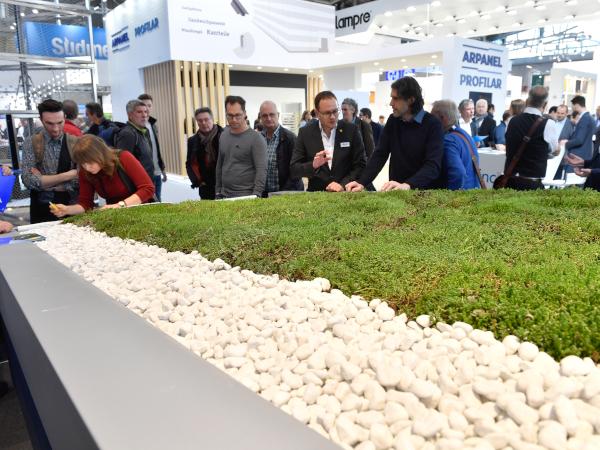
Date: 12 December 2022
From April 17 to 22, the World’s Leading Trade Fair for Architecture, Materials and Systems will be presenting the future topics in Munich. Alongside the exhibitors, showing technologies, plenty of inspiration, practical tips and future-oriented, sustainable solutions in 19 trade fair halls, the supporting program will focus on application-oriented knowledge transfer and sharing in person with experts and decision makers.
Focus topics at BAU 2023 include:
- Challenge of climate change
- Homes of the future
- Resources + Recycling
- Digital transformation
- Modular serial prefabricated construction
Discover the world of tomorrow today.
Summer 2022 was characterized by droughts and record temperatures, with people affected by heat and storms. Climate change is here to stay and it affects all sectors of the economy, especially the construction industry in two regards. On the one hand, it must find solutions to make buildings and cities more resilient. On the other, it is required for the energy transition, which is to achieve climate neutrality by 2045. BAU 2023 will present solutions for environment- and climate-conscious construction in all exhibition areas. Rounding off the offering are corresponding presentations in the forum.
Whether the energy transition will succeed by the middle of the century as intended depends not so much on traffic but on construction. That’s because buildings consume huge amounts of energy and impact the environment. The construction and operation of buildings cause more than a third of EU-wide greenhouse gas emissions. The manufacture of building materials themselves, whether concrete or steel, also cause a large amount of CO2. The EU building efficiency directive, which forms the basis for the German Building Energy Act (valid since November 1, 2020), therefore prescribes certain minimum standards for energy consumption and CO2 emissions. However, these only apply to new buildings, not existing ones. And that’s exactly the problem.
20 million housing units must be refurbished
According to the Federal Statistical Office, around 40 percent of buildings in Germany were built before 1979, before the first legal measures for saving energy in buildings. In total, there are around nine million residential buildings with around 20 million housing units that need to be refurbished by 2045 if the climate goals are to be reached. Due to a lack of reliable data, little is known about the condition of these apartments. The Federation of German Industries (BDI) estimates that 65 percent of facades in Germany are not insulated and that 70 percent of the system technology is outdated. The problem is that the rate of refurbishment is at a steady one percent per year, around 200,000 apartments. This would have to be one million per year in order to achieve the intended goals. At the same time, however, the refurbished apartments must remain affordable, as living space is scarce and expensive.
Four fields of action for energy refurbishment
What can be done? Demolishing these buildings and constructing new ones is not an option, at least not in terms of sustainability. However, construction regulations that focus on new buildings (fire protection, sound insulation, barrier-free access) or economical aspects (high costs) often hinder sustainable refurbishment. According to the German Sustainable Building Council (DGNB), four fields of action will be decisive for a successful implementation: optimization of building envelopes, user electricity, supply systems (system technology) and energy generation on site. The approval of new alternative building materials, such as carbon concrete, could also incentivize refurbishment.
In a joint position paper, the Federal Chamber of German Architects (BAK), the DGNB and Environmental Action Germany (DUH) come to the conclusion that between 150 and 250 billion euros per year in investments would be necessary for a “climate-neutral” refurbishment of existing buildings. For comparison: Between 2010 and 2018, 341 billion euros were invested in the energy-refurbishment of residential buildings in Germany. With funding at the previous level, it would therefore be impossible to achieve refurbishment on the desired scale.
Robust construction
But climate change doesn’t just require solutions concerning energy and the environment, it also puts the durability of cities and buildings to the test. Strong rains that wash away entire houses, snowfall under whose weight roofs cave in and hailstones that destroy windows, facades and roof tiles: Climate researchers warn that such extreme weather conditions will recur frequently in future. Robust construction is a phrase often used in this context. Buildings should be constructed in such a way that they can also withstand extreme weather conditions or at least minimize the damage. The building envelope has a vital role to play here. Massive components can store heat and protect against storms. The focus is more on sustainability than on air conditioning through technical systems.
Sponge city concept
Another concept utilizes heavy rainfall in order to improve the climate in major cities with impervious surfaces. These “sponge cities” are characterized by green roofs and facades that save water and release it back into their surroundings through evaporation. This counteracts the heat island effect, which primarily occurs in dense major cities due to glass, steel or concrete facades. Many small storage rooms in urban areas, recognizable by the green surfaces, hold back the rainwater that would otherwise run off into the sewage system or lead to flooding in extreme weather conditions. The basic idea is to temporarily store the rainwater where it falls. It can evaporate, trickle away and therefore relieve drainage. The sponge city concept comes from China, but you can also find examples in Germany, such as in Hamburg, Berlin and Freiburg.
Across all its exhibition areas, BAU 2023 offers solutions for the energy refurbishment of buildings, as well as for their robust implementation through solid constructions and components. The presentations by the exhibitors will be supplemented by talks on the main topic “The challenge of climate change”.
 600450
600450

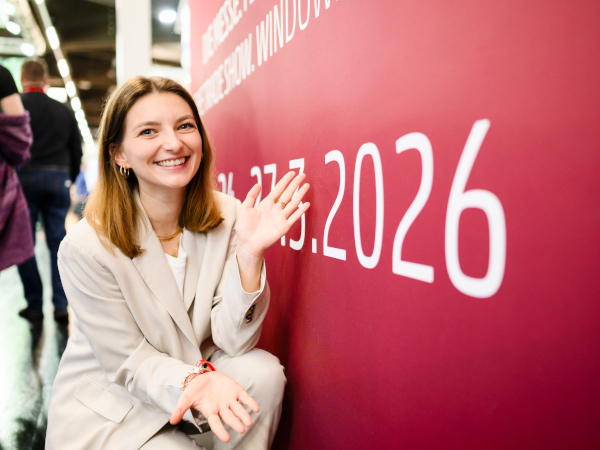



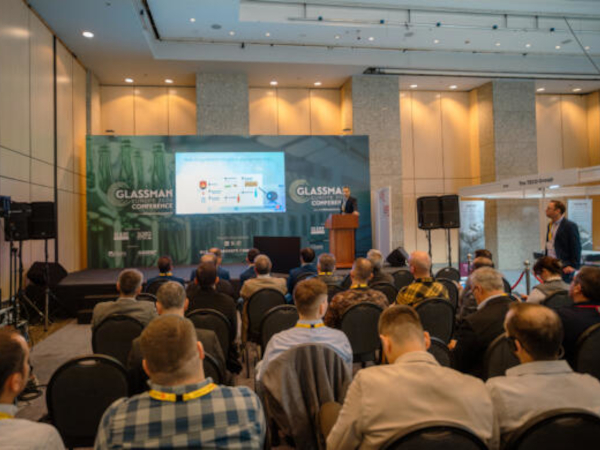
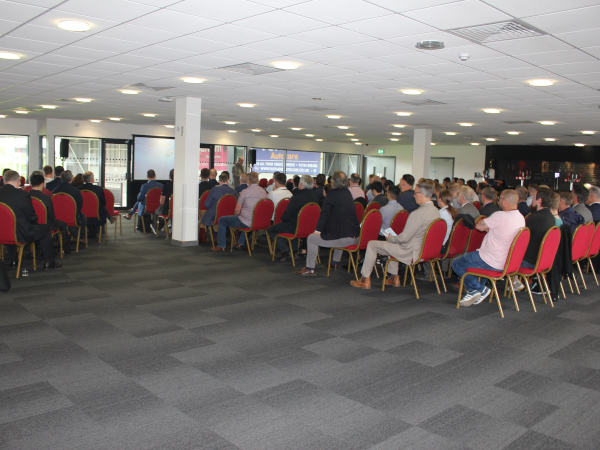





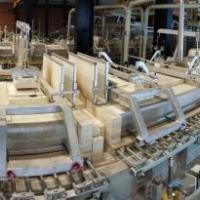


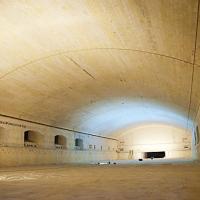


Add new comment